4.2.1 - Current, Potential Difference and Resistance
0.0(0)
0.0(0)
Card Sorting
1/25
Earn XP
Description and Tags
Electricity
Study Analytics
Name | Mastery | Learn | Test | Matching | Spaced |
|---|
No study sessions yet.
26 Terms
1
New cards
Draw the circuit symbol for a cell.
See Image
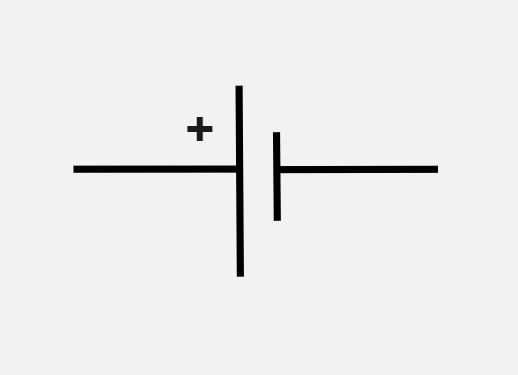
2
New cards
Draw the circuit symbol for a battery.
See image
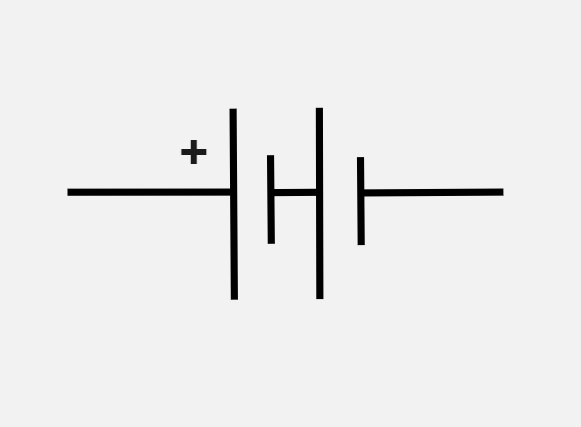
3
New cards
Draw the circuit symbol for a lamp.
See image

4
New cards
Draw the circuit symbol for a fuse.
See image
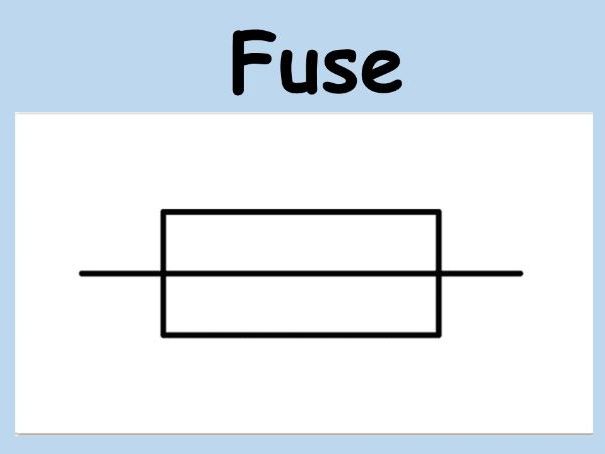
5
New cards
Draw the circuit symbol for a voltmeter.
See image
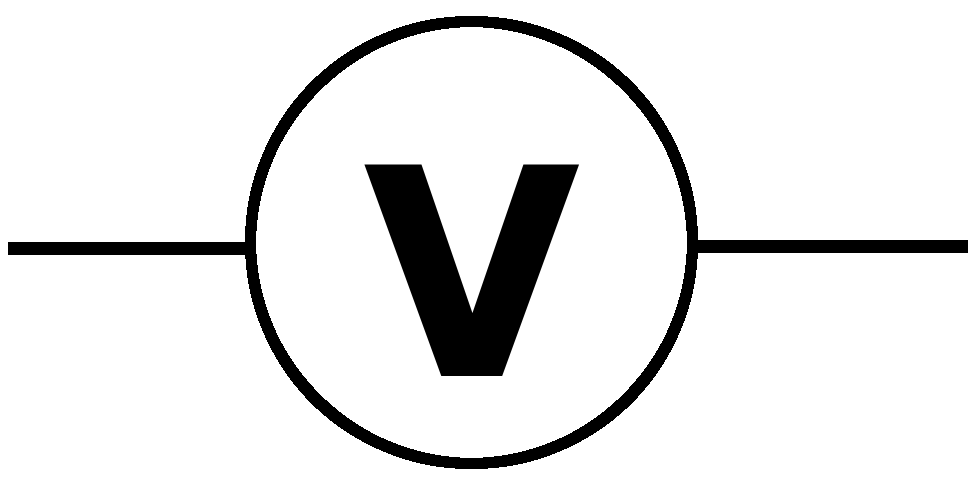
6
New cards
Draw the circuit symbol for an ammeter.
See image
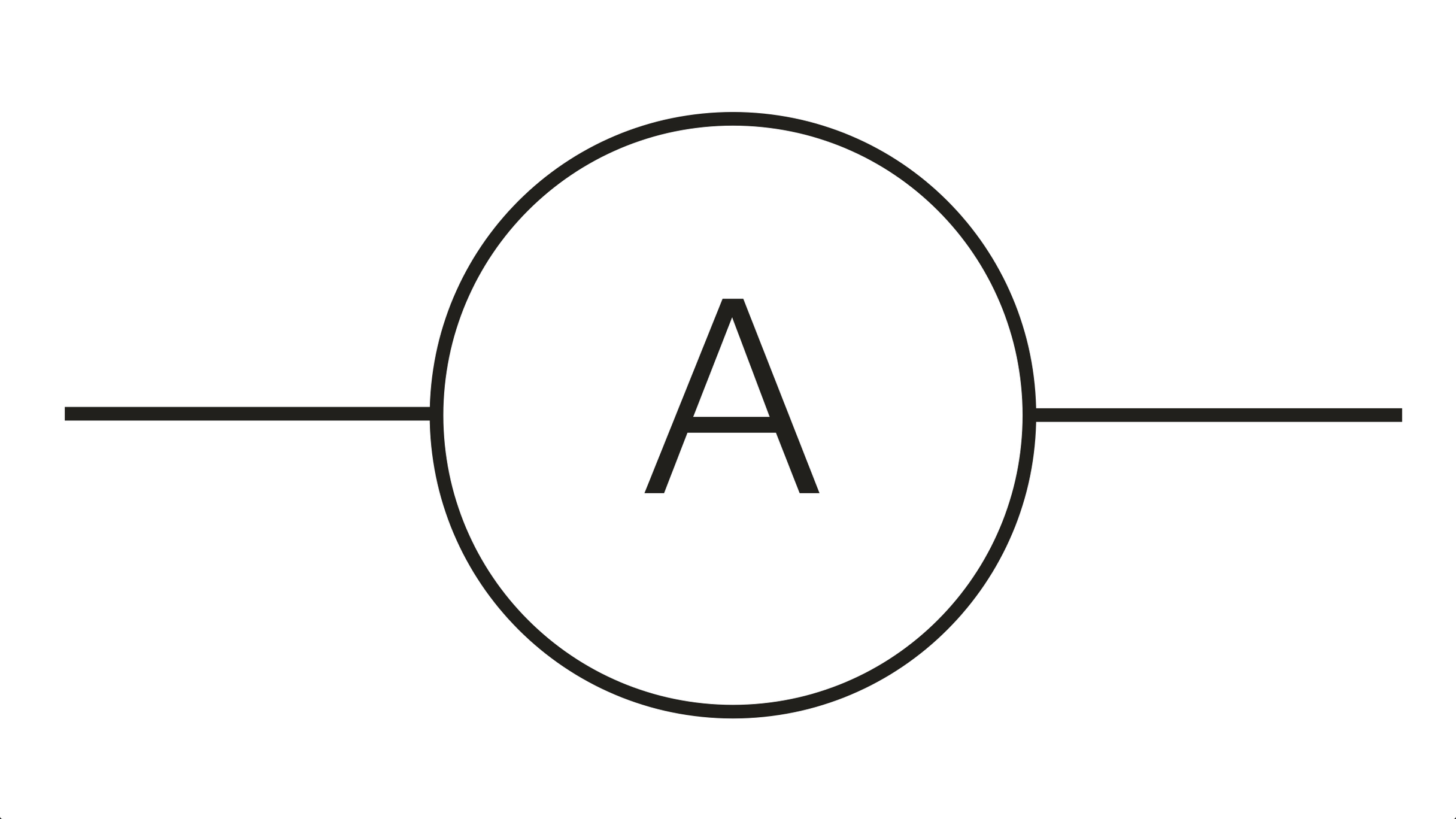
7
New cards
Draw the circuit symbol for a diode.
See Image
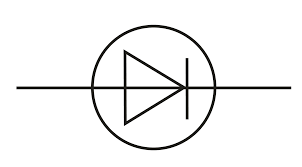
8
New cards
Draw the circuit symbol for a resistor.
See image
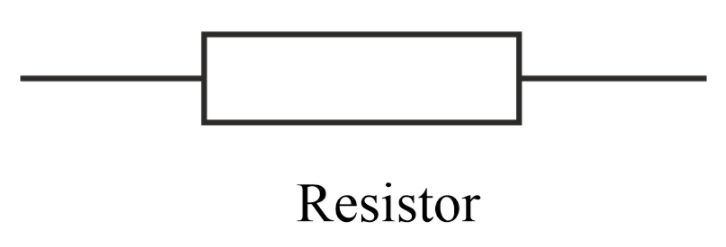
9
New cards
Draw the circuit symbol for a thermistor.
See image

10
New cards
Draw the circuit symbol for a variable resistor.
See image

11
New cards
Draw the circuit symbol for a LDR.
See image
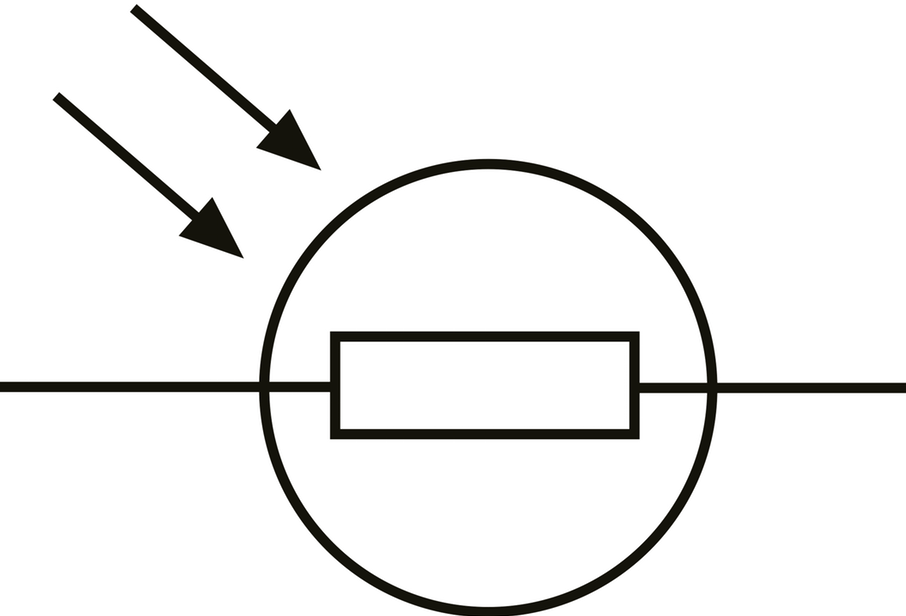
12
New cards
Draw the circuit symbol for a LED.
See image
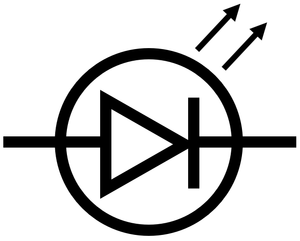
13
New cards
What is an electric current?
The flow of electrical charge
14
New cards
State the equation linking charge, current and time. Give the units for the quantities involved.
Q = I T
Charge (coulombs), Current (amperes), Time (seconds)
Charge (coulombs), Current (amperes), Time (seconds)
15
New cards
What can be said about the value of current at any point in a single closed loop?
Current is the same at all points in a closed loop.
16
New cards
What two factors does the current in a circuit depend on?
1. Potential Difference (V)
2. Resistance (R)
17
New cards
What equation should be used to calculate potential difference if current and resistance are known? State the units for all 3 quantities.
V = I R
Potential difference (V), Current (A), Resistance (Ohms)
Potential difference (V), Current (A), Resistance (Ohms)
18
New cards
What is an ‘Ohmic Conductor’? State the condition required.
A conductor for which current and potential difference are directly proportional
Resistance remains constant as current changes
Temperature must be constant
Resistance remains constant as current changes
Temperature must be constant
19
New cards
List FOUR components for which resistance is not constant as current changes.
1. Lamps
2. Diodes
3. Thermistors
4. Light Dependant Resistors (LDRs)
20
New cards
What happens to the resistance of a filament lamp as the temperature increases? Why?
Resistance increases
Ions in metal have more energy, so vibrate more, causing more collisions with electrons as they flow through the metal, creating greater resistance to current flow
Ions in metal have more energy, so vibrate more, causing more collisions with electrons as they flow through the metal, creating greater resistance to current flow
21
New cards
What is different about current flow through a diode?
The current only flows in one direction
Resistance is very high in the other direction, preventing current flow
Resistance is very high in the other direction, preventing current flow
22
New cards
State what happens to the resistance of a thermistor as temperature increases.
The thermistor’s resistance decreases
23
New cards
Give TWO examples of when a thermistor may be used.
1. In a thermostat to turn a heater on below a certain temperature
2. In a freezer to turn on a cooler when the temperature becomes too high
24
New cards
State what happens to the resistance of a LDR as light intensity decreases.
The LDR’s resistance increases
25
New cards
Give an application for a LDR.
Street light often use LDRs
When light levels become too low, the light gains sufficient current to turn on
When light levels become too low, the light gains sufficient current to turn on
26
New cards